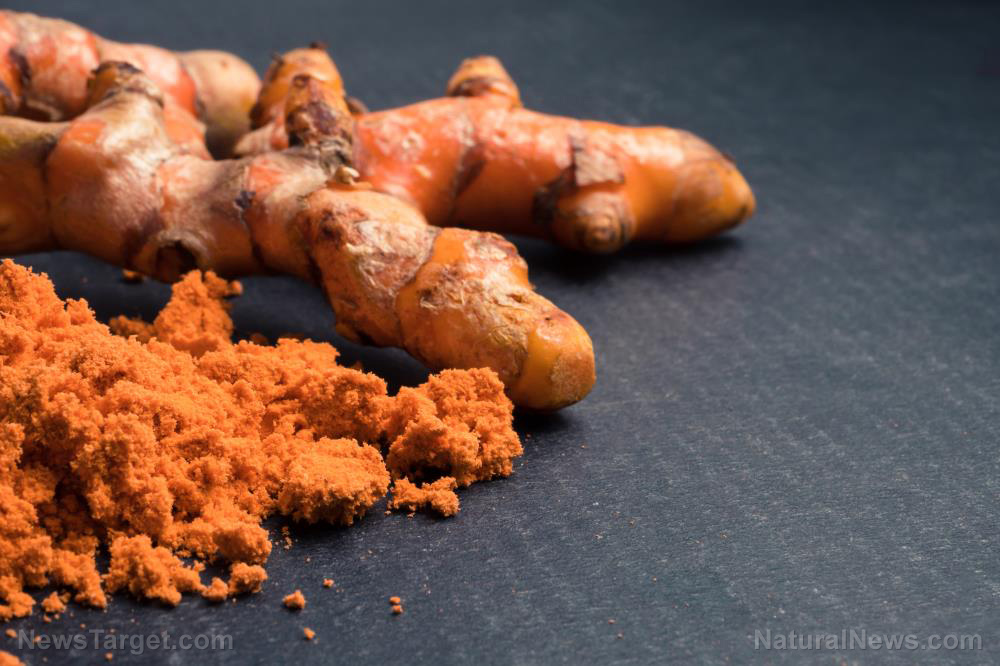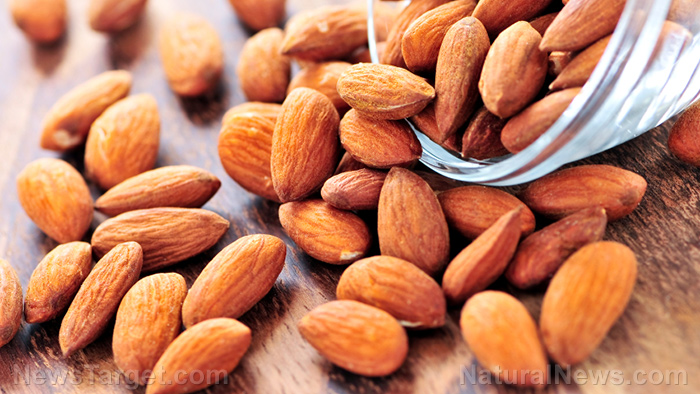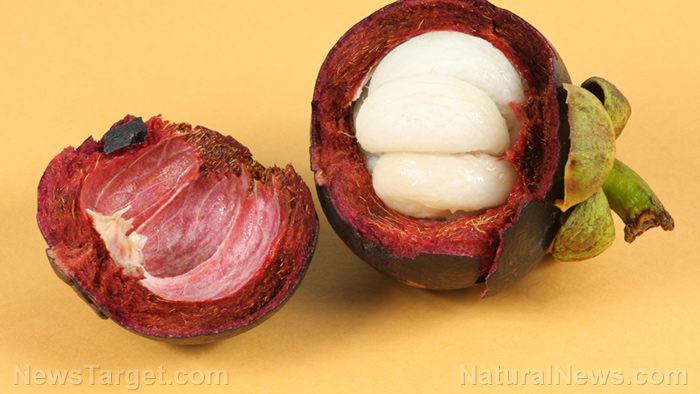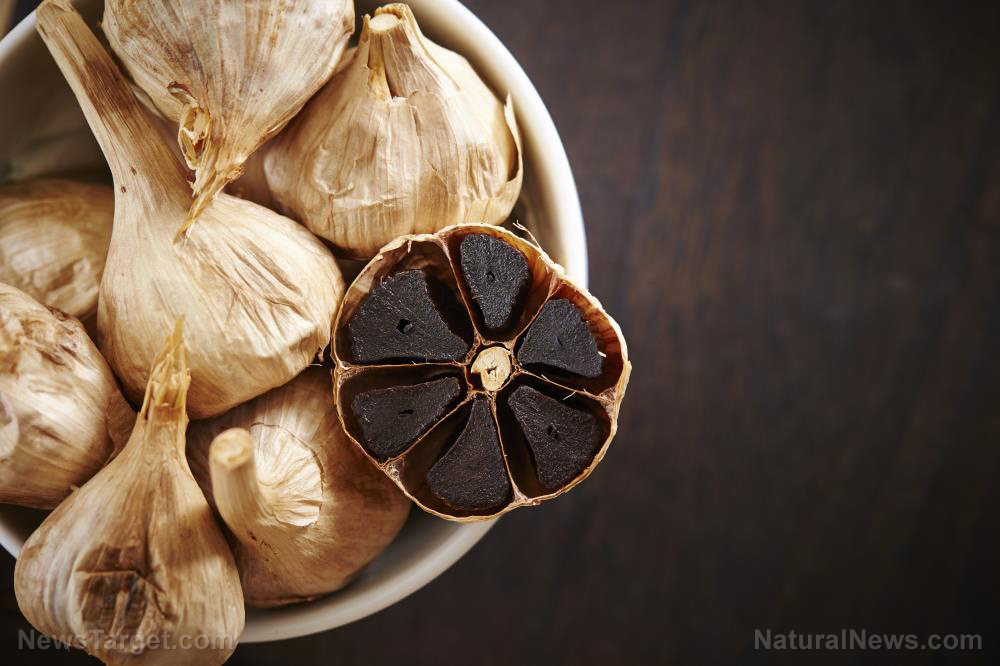The wound-healing properties of myrrh essential oil
11/14/2018 / By RJ Jhonson
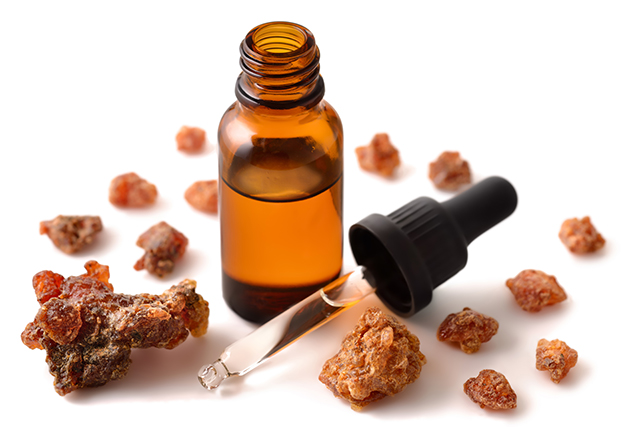
In traditional and folkloric Ethiopian medicine, myrrh (Commiphora myrrha) is used as a treatment for wounds. A study published in the Ethiopian Pharmaceutical Journal examined myrrh’s benefits in wound management.
- The researchers used two ointments in the study: one had four percent essential oil and the other had five percent resin.
- These two ointments were applied to wounds topically. The researchers then employed the Draize skin irritation test to evaluate the ointments’ toxicity.
- They assessed the ointments’ antibacterial effects using agar diffusion and microdilution methods.
- Gas chromatography-mass spectrometry (GC-MS) revealed the presence of 37 components, comprising 97.48 percent of the essential oil. Among these components were furanoeudesma-1,3-diene, isofuranodiene, and curzerene.
- The concentrations used in the study were found to be non-toxic and non-irritant. Furthermore, they enhanced wound healing by increasing the rate of wound contraction and skin breaking strength and decreasing epithelization time.
- Both the resin and essential oil had antibacterial effects comparable to those of ciprofloxacin but were not too effective against the fungal strains used in the study.
The researchers concluded that the essential oil and resin of myrrh can enhance wound healing because of their antibacterial effects.
Learn how to treat wounds naturally at Remedies.news.
Journal Reference:
Gebrehiwot M, Asres K, Bisrat D, Mazumder A, Lindemann P, Bucar F. EFFECTS OF RESIN AND ESSENTIAL OIL FROM COMMIPHORA MYRRHA ENGL. ON WOUND HEALING. Ethiopian Pharmaceutical Journal. 2017;32(2):85. DOI: 10.4314/epj.v32i2.1
Tagged Under: alternative medicine, antibacterial, Commiphora myrrha, Myrrh, myrrh essential oil, myrrh resin, remedies, skin care, skin health, Wound Healing, wounds








